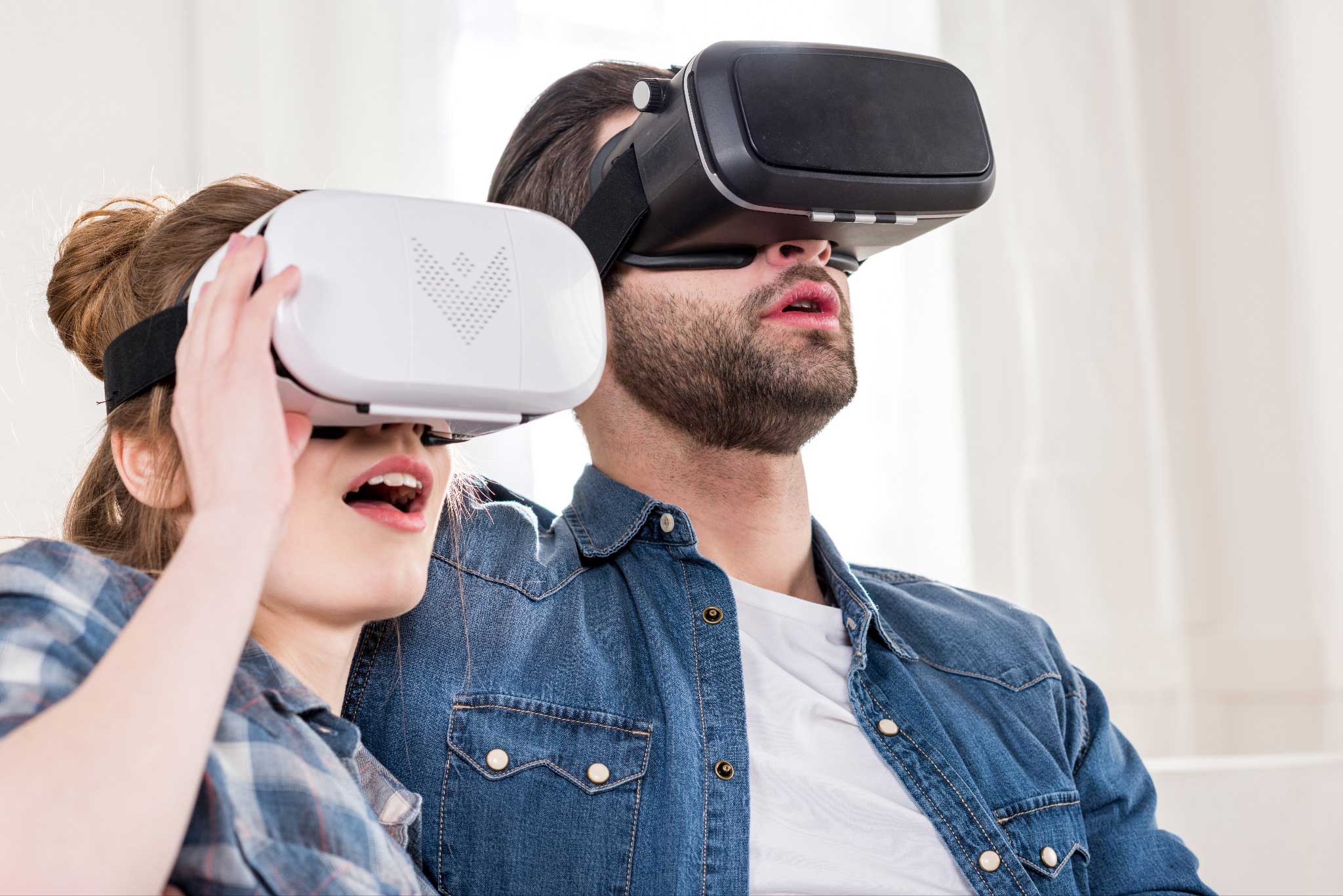More VR Broadcasts Available During The 23/24 NBA Season – A Revolution for Sports Consumption?

The National Basketball Association (NBA) is the world’s most popular basketball franchise. It attracts huge audiences, with the top teams and players followed by fans from every corner of the planet.
Recently, the NBA began broadcasting virtual reality (VR) versions of games. This has proved revolutionary and could usher in a new era of sports media consumption. Let’s take a closer look at the situation before discussing what it means for the NBA and the wider sports industry as we head into the future.
What is VR?
Digital technology is all about making our lives more convenient. You only need to look at comparisons between ecommerce and in-person shopping. The same is true of watching movies (think Netflix and Amazon) and having a flutter; the benefits of slot sites over land-based casinos is real to myriad players globally, and all are being driven by the technology that is shaping the world around us.
With VR, digital technology has reached a point few in the past would have thought possible. VR creates realistic digital environments that users can enter and be completely immersed in. Users are represented by avatars, and they can interact in these virtual spaces just as they would in the real world.
The technology works through the use of a headset and handheld sensors. Inside this headset, high-definition screens project the virtual environment, while built-in speakers provide the audio. The handheld sensors allow the user to interact with the virtual environment they are experiencing.
We have seen VR adopted and integrated by a wide range of different industries, including manufacturing, healthcare, education and, of course, sports.
NBA VR Broadcasts
The NBA has been developing its VR broadcast capabilities for a number of years and was the first major sports league to begin regularly broadcasting games in VR.
The NBA secured a partnership with tech giant Meta, an agreement that was extended in January 2023. The deal will see Meta broadcast over 50 NBA games through the dedicated XSTADIUM platform, with broadcasts optimized for the high-definition Meta Quest VR headsets.
To deliver these games to audiences, the NBA sets up five 8k cameras positioned strategically around the court. Two of these cameras are situated at the basket, while another is at the scorer’s table.
One important point is that viewers can actually hear other fans who are also watching in VR. This works to emulate the experience of attending a game in person. You’re not just going to hear the shouts of the players, the squeak of sneakers on the court and the sound of the ball rattling off the board. You’ll hear other fans too, and the NBA has been careful to include this in an attempt to make the experience as realistic as possible.
What Will This Mean for NBA Fans?
As we touched on earlier, the NBA has fans from all over the world. While some may make the journey to watch their favourite team, for many more this simply isn’t feasible. In the past, these remote fans would have to make do with live TV streams or, even worse, watch brief highlights on social media.
With the development of VR, these struggles will soon be a thing of the past. No longer will fans have to settle for watching the game on TV. They’ll be able to don their VR headset and step into a virtual recreation of the game as it is happening, with visuals and audio so realistic they’ll feel as if they’re actually by the court.
How Will This Affect the NBA?
This won’t just benefit the fans; it will also help the NBA as a business and brand grow and scale.
The NBA is a sports league, but at the end of the day, it sells a product, that product being the games and experiences that come with being a basketball fan. With fans all over the world unable to enjoy this product in its true, original form – going to the games themselves – the NBA has long struggled to work out how they can engage these fans on a deeper and more meaningful level.
The answer is through the use of VR. This incredible technology means the NBA can now deliver games directly to fans, in a far more realistic and immersive way than would be possible through TV or regular streaming.
This will undoubtedly have a knock-on effect on the rest of the sporting world too. Other sports, such as football and rugby, struggle in the same way to truly engage remote fans. We can expect to see other sports leagues adopt VR technology and use it to broadcast games in new and immersive ways.
Conclusion
With the NBA set to broadcast more VR games than ever, the world of sports consumption is changing as we know it. Legacy technologies like TVs could soon be a thing of the past, as viewers turn to VR headsets for the increased sense of realism they can provide.




















